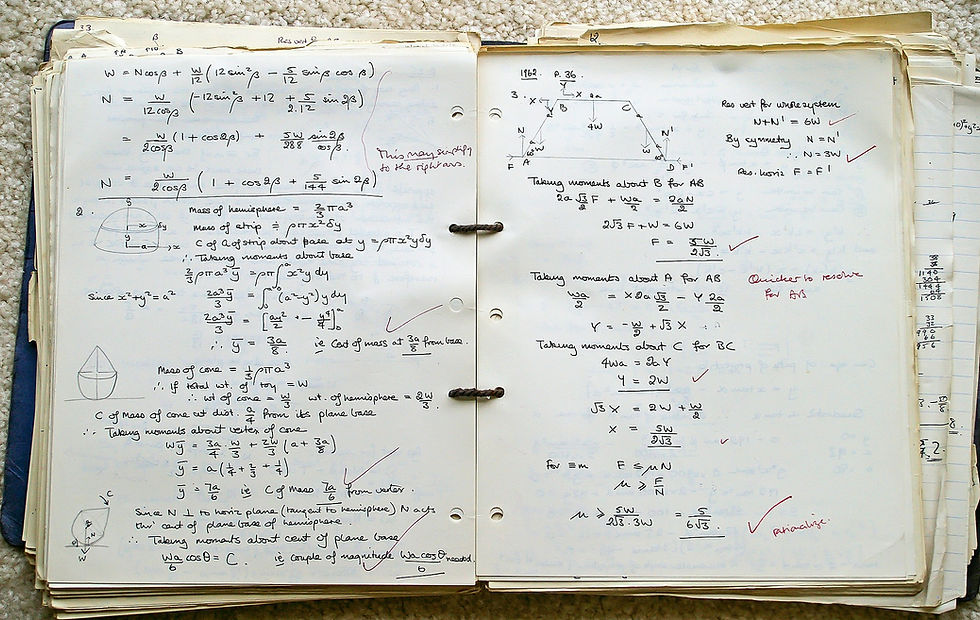There’s always a lot of chat in staff rooms about grading work, about online mark books and the creation of colourful graphs to show progress.

And there's never more chat than when you've just had a school inspection.
We wouldn’t be talking about it as much otherwise. Maybe we should...but we don’t.
At least we have spot inspections now, not the month’s warning we used to have, a month when everything that stood still was laminated and stuck on a wall. Now, they rock up unannounced and there’s no time to get the laminator out. So, inspections are at least a bit greener, if not better.
Of course, we only panic about marking during an inspection because we all hate doing it and we fear that our aversion will be laid bare before an eagle-eyed inspector.
We know it’s important. We know it can be useful and we know we ought to be more analytical about how it informs the next task we set.
But, fundamentally, it’s a pain. It takes hours. It’s repetitive and, often, it’s really boring, especially when you see the same mistakes over and over again.
When my wife was, briefly, an English teacher she used to pray she’d be given the bottom set. Set them an essay and there was a fair chance they’d just draw a picture of their trainers. You could mark a whole set of them without taking your eyes off Holby City.
It’s not really the time I resent. It’s the creeping realisation that the time is not well-spent; that it has much less impact on my students’ work than I would like to think.
That may be partly to do with my handwriting which is poor at the best of times and utterly illegible when crammed into a margin at a rakish angle.
I think it’s more to do with the time that it takes a teacher using traditional methods to get a set of books back to a class. Anything more than a day or so and, if they haven’t completely forgotten what they wrote, they’ve certainly ceased to care.
Of course, I’ve tried lots of ways to make them care. Many of them lead to double marking, even triple marking of the same piece of work and complete collective ennui is only a short step away from that.
A couple of years ago, we moved, as a school, to Google Classroom and the Google suite. We use it for everything. It’s amazing and it’s transformed the way we work.
And during our recent inspection, many colleagues asked me about the apparent lack of an integral grade book within Classroom. (I know you can download all the marks to a spreadsheet but it’s not quite the same)
We’ve come to rely on Google to make our lives easier so the lack of a grade book seems odd. There are lots of comments on the forums making just that point.
Of course, Google could do it.
They’ve clearly chosen not to.
Alice Keeler’s excellent post and the linked video from Rick Wormeli make clear some of the reasons and I’d recommend you see what they think.
Using Google for almost everything, as I do now, I’ve thought more about how I mark and what I want to achieve from my marking.
It’s not just that I now mark almost everything online - I’ve done that for years and it has, at least, solved the hand-writing issue.
It’s that the Google tools have made it possible to completely change my approach.
We know, I think, that teaching practice is always dependent on the available technology. We need to recognise that Google doesn’t just enable us to make our current practice a bit quicker and easier. It enables us to use methods that weren’t possible until very recently.

Comments